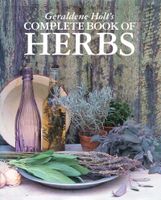🍝 Enjoy the cooking of Italy and save 25% on ckbk Membership 🇮🇹
Pomanders
Published 1991
Up until 200 years ago the floors of houses in Europe and North America were strewn with sweet-smelling herbs and leaves in order to purify the air. As a protection against infection the wealthy carried pomanders - balls of sweetly scented unguents - that they sniffed in order to mask unpleasant odours. In the time of the plague and other pestilence both tussie-mussies and pomanders were considered an essential bactericide to be carried in public places at all times.
During the affluence of Tudor England many beautiful silver filigree holders were fashioned for holding such pomanders. The word itself comes from ponum ambre, apple of amber, and probably referred to a piece of ambergris or musk which in the heat of the hand would give off its powerful and bewitching scent. Some pomanders were made from a blend of aromatic substances, and the household books of Elizabethan England give many recipes.
Become a Premium Member to access this page
Unlimited, ad-free access to hundreds of the world’s best cookbooks
Over 150,000 recipes with thousands more added every month
Recommended by leading chefs and food writers
Powerful search filters to match your tastes
Create collections and add reviews or private notes to any recipe
Swipe to browse each cookbook from cover-to-cover
Manage your subscription via the My Membership page
In this section
Part of
Advertisement
Advertisement


